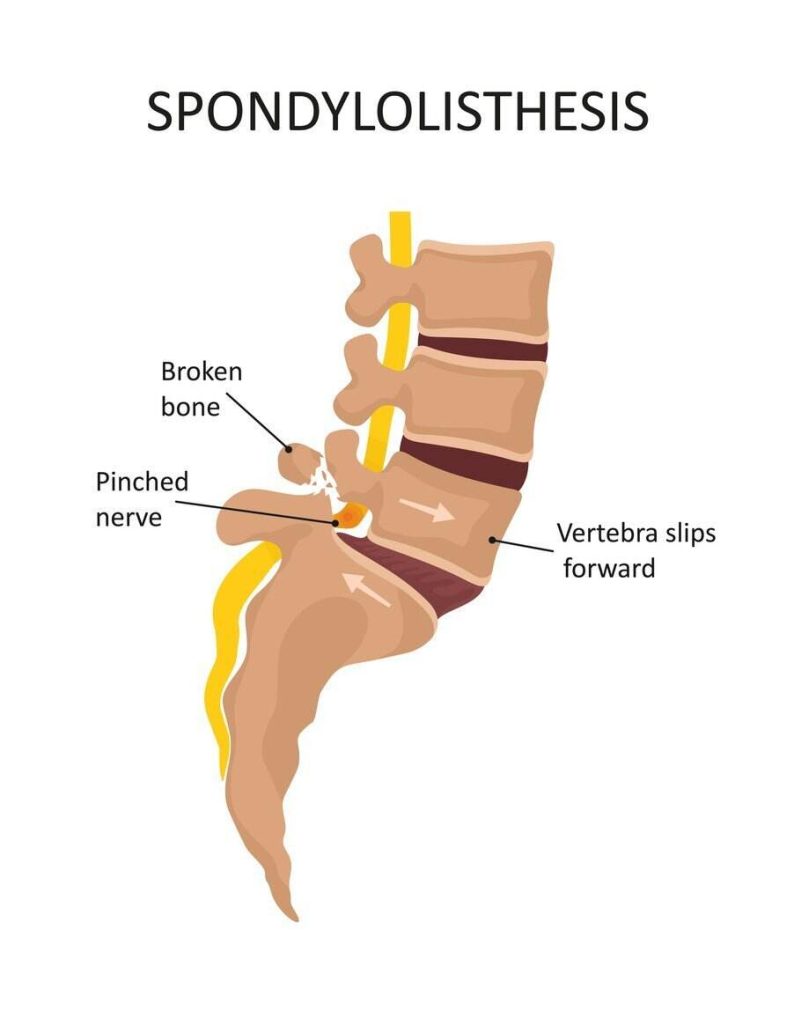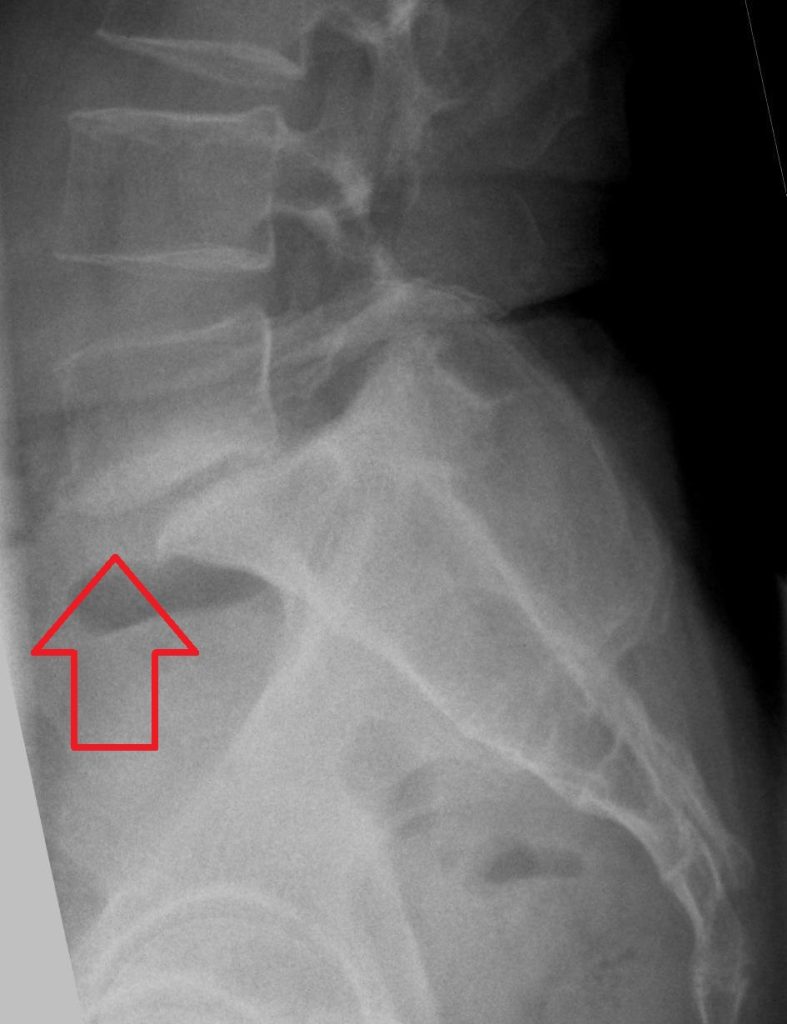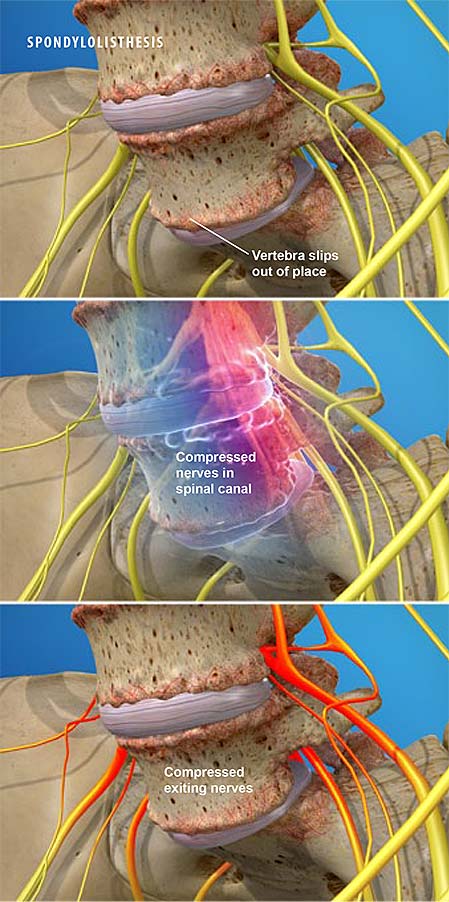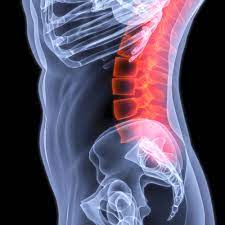Spondylolisthesis
Understand its Impact on Low Back Pain, Sciatica, and Leg Numbness

What is Spondylolisthesis?
Spondylolisthesis refers to the forward displacement or slipping of one vertebra over the one below it. This misalignment can occur for various reasons, including congenital factors, trauma, or degenerative changes.


How Spondylolisthesis Can Cause Low Back Pain:
- Direct Pressure: As the vertebra slips forward, it can directly press on nerves, causing pain.
- Muscle Strain: The muscles around the affected vertebra can become strained as they work harder to stabilize the spine.
- Inflammation: The condition can cause inflammation in the surrounding tissues, leading to localized pain.

The Connection Between Spondylolisthesis and Sciatica: 🌶️
Sciatica refers to pain that radiates along the path of the sciatic nerve, which branches from the lower back through the hips and buttocks and down each leg. In spondylolisthesis:
- Nerve Compression: The misaligned vertebra can compress the nearby nerves, including the sciatic nerve, causing sciatic pain.
- Foraminal Narrowing: The displacement might reduce the size of the openings (foramina) where nerves exit the spine, leading to nerve compression.
Leg Numbness and Spondylolisthesis: 🌀
The compression or irritation of nerves due to the slipped vertebra can cause not only pain but also numbness. When the nerves responsible for sensation in the legs are affected, it can lead to tingling or numbness down one or both legs.
Diagnosis and Treatment:
If you or someone you know is experiencing these symptoms, a comprehensive evaluation, often involving X-rays or MRI, is essential. Treatment can pain management to surgical interventions, depending on the severity and specific characteristics of the spondylolisthesis.

